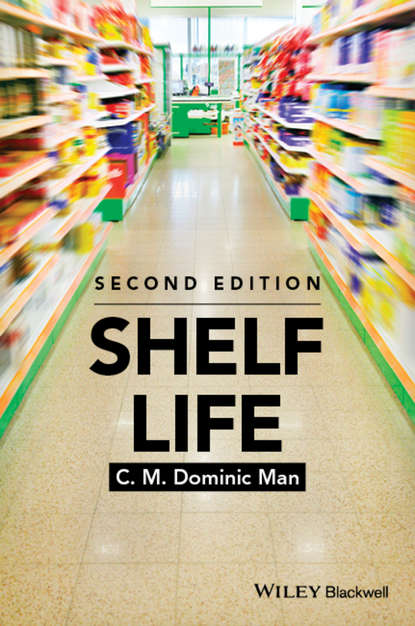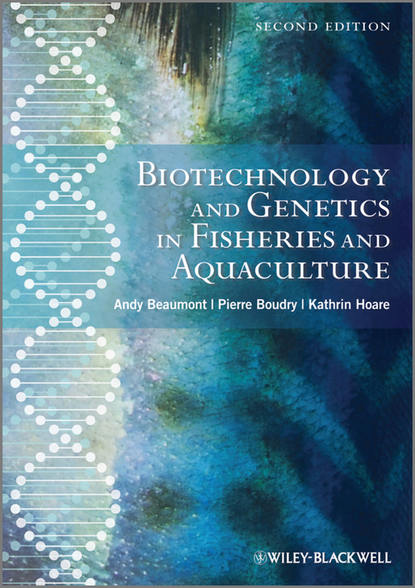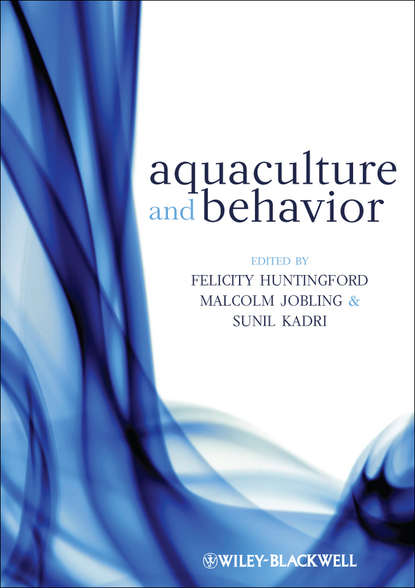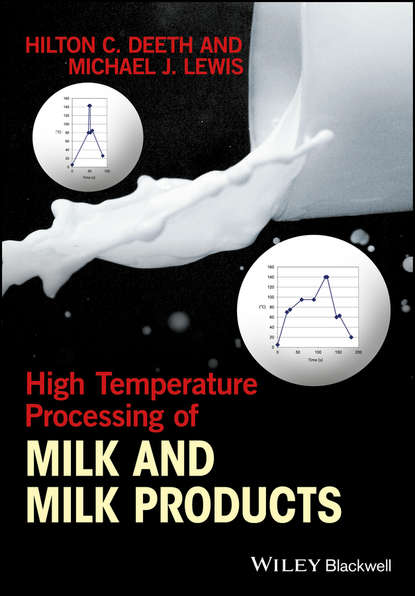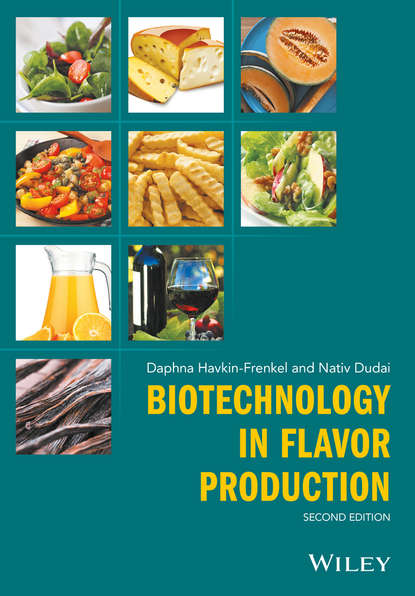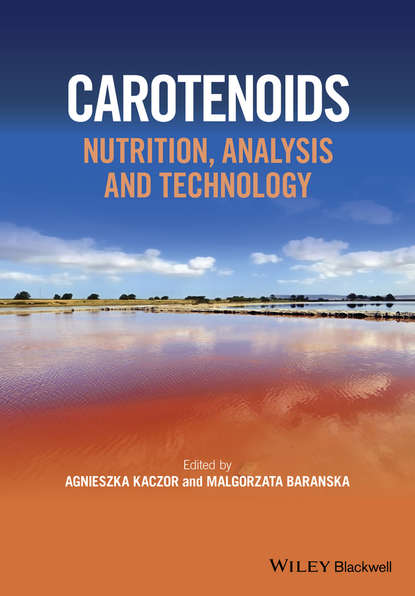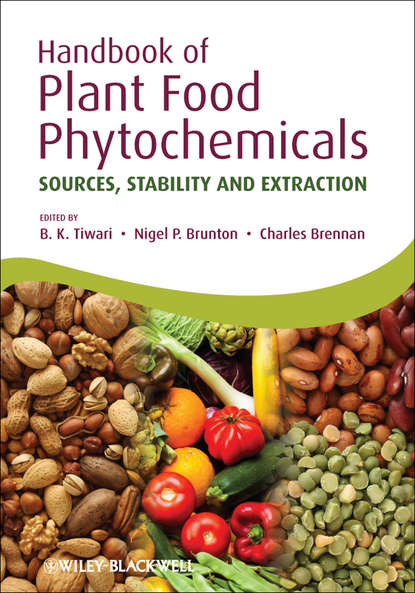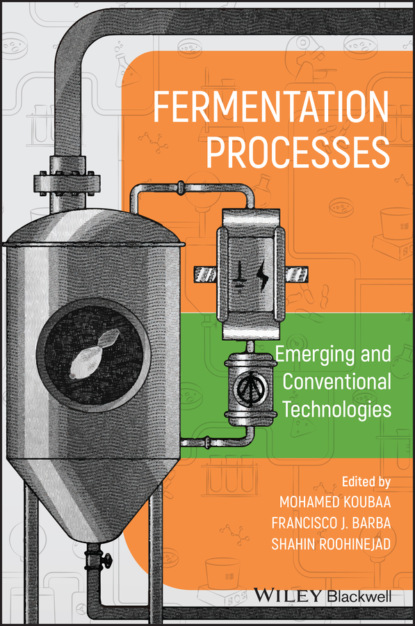"Shelf Life" - это книга, посвященная времени хранения продуктов питания в соответствии с требованиями законодательства ЕС/Великобритании. Она описывает период времени, в течение которого продукт остается безопасным и пригодным к использованию, если его хранят в определенных условиях. В этот период продукт должен сохранять свои желаемые вкусовые, химические, физические, функциональные и микробиологические характеристики, а также точно соответствовать любой пищевой информации, указанной на этикетке. Понятие "срок годности" относится к нескольким различным аспектам, каждый продукт имеет свой микробиологический, химический и органолептический срок годности. Эти категории отражают различные способы, которыми продукт питания будет портиться со временем. В конечном итоге срок годности продукта питания предназначен для отражения общего влияния этих различных аспектов.
Книга "Shelf Life" затрагивает основные вопросы времени хранения продуктов. В первой части она знакомит с понятием срока годности, описывает его связь с безопасностью пищи и отвечает на часто задаваемые вопросы, которые волнуют менеджеров. Во второй части книги рассматриваются научные аспекты различных способов порчи и ухудшения продуктов, включая физические, химические и микробиологические изменения. В третьей части "Shelf Life" используются кейсы различных продуктов, чтобы показать, как срок годности может быть определен в реальных условиях. Эта книга будет полезна как практикующим специалистам, так и студентам, которым необходимо краткое и всестороннее представление о вопросах и темах, связанных со сроком годности продуктов питания.
Электронная Книга «Shelf Life» написана автором Dominic Man в году.
Минимальный возраст читателя: 0
Язык: Английский
ISBN: 9781118346242
Описание книги от Dominic Man
Shelf life, a term recognised in EU/UK food legislation, may be defined as the period of time for which a food product will remain safe and fit for use, provided that it is kept in defined storage conditions. During this period, the product should retain its desired sensory, chemical, physical, functional and microbiological characteristics, as well as accurately comply with any nutritional information printed on the label. ?Shelf life? therefore refers to a number of different aspects; each food product has a microbiological shelf life, a chemical shelf life, and a sensory (or organoleptic) shelf life. These categories reflect the different ways in which a food product will deteriorate over time. Ultimately the shelf life of a food product is intended to reflect the overall effect of these different aspects. Shelf life has always been an important facet of industrial food preparation and production, as food and drink are often produced in one area and then distributed to other areas for retailing and consumption. Globalised distribution and supply chains make it imperative that food should survive the transit between producer and consumer ? as a perishable commodity, food carries a high risk of spoilage. As such, a realistic, workable and reproducible shelf life has to be determined every time a new food product is developed and marketed; shelf life determination of food has become an integral part of food safety, quality assurance, product development, marketing, and consumer behaviour. Dominic Man?s Shelf Life, now in a revised and updated second edition, encompasses the core considerations about shelf life. Section 1 introduces shelf life, describes its relationship to food safety, and provides answers to the frequently asked questions around shelf life determination and testing which are a manager?s chief concerns. Section 2 covers the science of the various ways in which food deteriorates and spoils, including the physical, chemical and microbiological changes. Section 3 looks at shelf life in practice, using case studies of different products to illustrate how shelf life may be determined in real life settings. This book will be invaluable to both practitioners and students in need of a succinct and comprehensive overview of shelf life concerns and topics.
